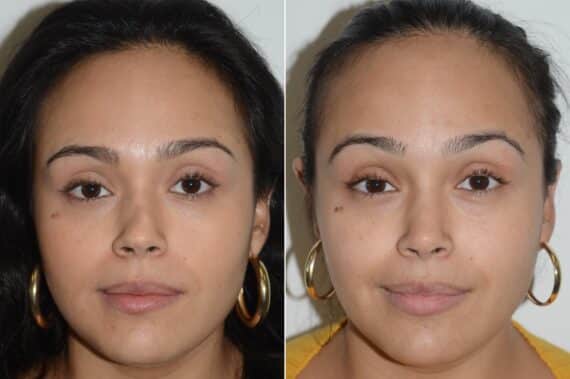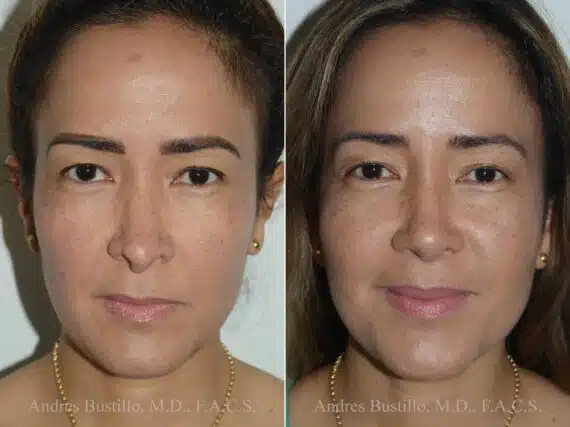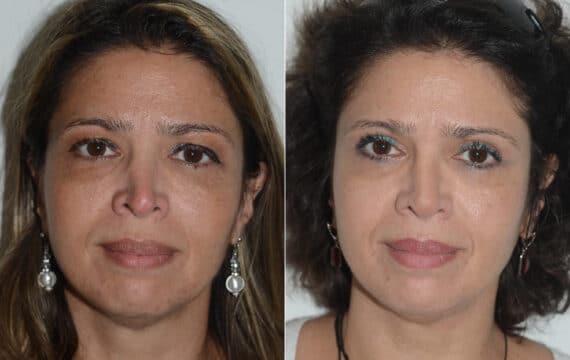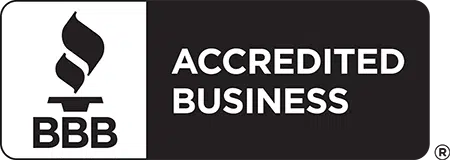The complex procedure of revision rhinoplasty addresses issues arising from a previous rhinoplasty surgery. This article will provide valuable tips and information to help Miami revision rhinoplasty patients navigate the recovery process and get back to their normal activities as soon as possible.
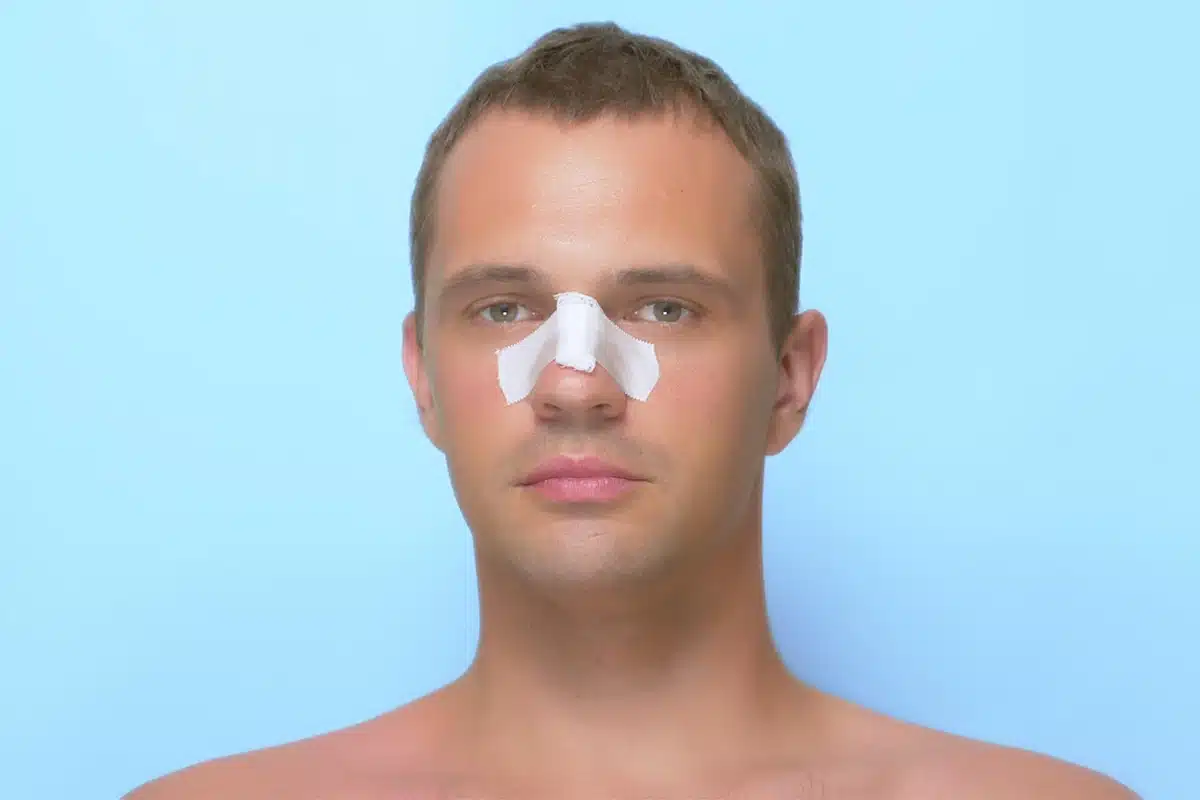
Understanding the Revision Rhinoplasty Procedure

Revision rhinoplasty, often referred to as secondary nose surgery, is a specialized procedure aimed at correcting issues stemming from a previous rhinoplasty. Whether it’s addressing functional concerns like nasal obstruction or refining aesthetic features such as nasal symmetry, this surgery demands precision and expertise. Unlike the initial procedure, revision rhinoplasty entails navigating through scar tissue and previous alterations, making it inherently more intricate. As such, choosing an experienced and double-board-certified reconstructive surgeon is paramount to achieving optimal outcomes.
During the revision rhinoplasty process, the surgeon may utilize various techniques, including cartilage grafts or steroid injections, to achieve the desired nasal anatomy. Patients should expect a longer recovery time compared to their initial surgery, with careful post-operative management to minimize discomfort and expedite healing. With the majority of revision rhinoplasty patients experiencing successful outcomes, selecting a surgeon with a proven track record and expertise in both primary and revision rhinoplasty is crucial for a satisfactory result.
Preparing for a Smooth Recovery
Thorough preparation is key to ensuring a successful recovery prior to undergoing revision rhinoplasty surgery. During your consultation with a double board-certified reconstructive surgeon experienced in rhinoplasty, it’s imperative to discuss the details of your previous nose surgery and your goals for the revision procedure. Your surgeon will assess your nasal anatomy and facial features, addressing concerns such as nasal obstruction, asymmetry, or nasal skin issues, to determine if you are a suitable candidate for revision rhinoplasty.
In addition to discussing the surgical plan and expected outcome, your surgeon will provide guidance on post-surgery care and recovery. This may include instructions on managing nasal swelling and discomfort, as well as recommendations for activities to avoid during the initial recovery period, such as contact sports. Understanding the process for revision rhinoplasty and the potential challenges involved, such as the need for cartilage grafts or steroid injections, can help you prepare both physically and mentally for the procedure and its aftermath. By partnering with experienced revision rhinoplasty specialists and adhering to their advice, you can increase the likelihood of a successful revision rhinoplasty recovery and achieve the desired outcome.
Managing Pain and Discomfort After Surgery
Following revision rhinoplasty Miami, it is normal to experience some postoperative pain. Here are some tips to help manage these symptoms:
Taking Pain Medication as Prescribed
Your surgeon will likely prescribe pain medication to help alleviate any discomfort after your surgery. Be sure to take the medication as directed and do not hesitate to contact your surgeon if you feel that your pain is not being adequately managed.
etting Plenty of Rest and Sleep
Rest is essential for proper healing. Ensure that you get enough sleep and avoid strenuous activities during the initial recovery period. This will allow your body to focus on healing and minimize the risk of complications. Additionally, make sure to have a support system in place, such as friends or family members, who can help you during the initial recovery period.
Avoiding Physical Activity and Heavy Lifting
Strenuous physical activity and heavy lifting can increase blood pressure and potentially cause bleeding or other complications. It is crucial to avoid these activities during the initial recovery period, as advised by your surgeon.
Eating Healthy Foods to Promote Healing
A well-balanced diet can help support your body’s healing process. Focus on consuming nutrient-dense foods, such as fruits, vegetables, and lean proteins. Additionally, stay hydrated by drinking plenty of water.
Questions about your procedure?
Schedule a consultation with Dr. Andres Bustillo.
How to Care for Your Nose Post-Surgery
Proper post-operative care is crucial for a successful recovery and optimal results. Here are some tips on how to care for your nose following a secondary rhinoplasty:
Keeping the Nasal Area Moist
Keeping the nasal area moist can help prevent crusting and promote healing. Your surgeon may recommend using a saline nasal spray or applying a thin layer of antibiotic ointment to the incision sites.
Wearing a Splint During Sleep
Your surgeon may provide you with a splint to wear during sleep to help protect your nose and maintain its new shape. Be sure to follow your surgeon’s instructions on how long to wear the splint.
Avoiding Any Nasal Irritation or Touching
Avoid touching or irritating your nose during the recovery period. Touching the nose can introduce bacteria, increase the risk of infection, and disrupt the healing process. Your surgeon may also advise you to avoid blowing your nose and to gently wipe the nose instead.
Making Sure Your Nose Is Properly Supported at All Times
Maintaining nasal structure is crucial to support healing and the new shape of your nose. Follow your surgeon’s instructions for wearing any splints, tapes, or bandages. Additionally, avoid wearing glasses or sunglasses directly on your nose for the first few weeks after surgery, as this can cause pressure and affect the final result. If you must wear glasses, show them to your surgeon and get recommendations on if and how to wear them.
Sleeping With Your Head Elevated
It is essential to sleep with your head elevated during the recovery period to minimize swelling and promote proper blood flow. Use extra pillows or a specially designed wedge pillow to keep your head elevated above your heart. This position will also help reduce the risk of accidentally bumping your nose while sleeping.
Practicing Good Hygiene Around the Nose
Maintaining good hygiene around the nose will help prevent infection and promote healing. Clean the incision sites gently with a cotton swab and a mild saline solution or as directed by your surgeon. Additionally, avoid submerging your nose in water, such as in a bathtub or swimming pool, until your surgeon gives you clearance.
Tips for Reducing Swelling and Bruising
Swelling and bruising are common after facial plastic surgery procedures, but there are steps you can take to help minimize these side effects:
Taking Arnica Supplements
Arnica is a natural supplement that can help reduce swelling and bruising after surgery. Consult with your surgeon before taking any supplements, as they may have specific recommendations or restrictions.
Applying a Cold Compress to the Nasal Area
Applying a cold compress to the nasal area can help alleviate swelling and relieve discomfort. Use a gel pack or a bag of frozen peas wrapped in a soft cloth, and apply it to the affected area for 10 minutes every hour during the first 48 hours after surgery. Be sure to avoid direct contact between the cold compress and your skin.
Refraining from Wearing Tight Clothing Around the Nose
Tight clothing, such as turtlenecks or tight collars, can put pressure on the nose and contribute to swelling. During the recovery period, opt for loose, comfortable clothing that does not put pressure on your nose.
Avoiding Alcohol and Caffeine
Alcohol and caffeine can cause additional swelling and prolong the healing time. It is best to avoid these substances during the recovery period or consume them in moderation, as advised by your surgeon.
Keeping Your Head Elevated When Sleeping
As mentioned earlier, sleeping with your head elevated can help reduce swelling and promote proper blood flow. This position is essential not only for comfort but also for minimizing swelling and bruising during the recovery period.
Returning to Normal Activities After Recovery
As you progress through your recovery from revision rhinoplasty Miami Beach, gradually reintroduce normal activities into your daily routine. Your surgeon will provide you with specific guidelines and timelines for resuming work, exercise, and social engagements. Generally, most patients can return to work within 1-2 weeks, light exercise within 2-3 weeks, and more strenuous activities within 4-6 weeks. However, it’s important to listen to your body and give it additional time to recover, if necessary.
FAQs About Revision Rhinoplasty Recovery
Depending on the complexity of the case and the skill of the surgeon, the success rate for revision rhinoplasty varies. In general, the best revision rhinoplasty surgeon can achieve successful outcomes in approximately 80-90% of cases. It’s important to choose an experienced and board-certified facial plastic surgeon who specializes in revision rhinoplasty to maximize your chances of a successful outcome.
Surgical revisions can be more challenging and complex than primary procedures due to scar tissue, altered anatomy, and the need for more advanced surgical techniques. However, when performed by an experienced board-certified plastic surgeon, the risks associated with revision rhinoplasty can be minimized. It’s essential to discuss any concerns with your surgeon and ensure that they have extensive experience in revision rhinoplasty to optimize your results and minimize potential risks.
Whether or not to choose the same surgeon for a revision rhinoplasty depends on the specific circumstances. If you have a good rapport with your original surgeon and trust their expertise, it may be beneficial to return for a revision. However, if you are not satisfied with the results of your primary nose job or have concerns about your surgeon’s experience in revision rhinoplasty, it may be best to seek a second opinion from a qualified surgeon who specializes in revision procedures.
One important thing to note is that there is no definite limit to the number of revision rhinoplasties a patient can have. However, each additional surgery carries an increased risk of complications and diminishing returns in terms of aesthetic improvement. It’s essential to have realistic expectations and discuss your goals with your surgeon, who can help determine the best course of action for your unique situation. In some cases, non-surgical rhinoplasty or alternative surgical techniques may be more appropriate than additional revision rhinoplasties.
Dr. Bustillo’s practice is based near Miami, Florida, and can be reached at 305-663-3380. New patients will undergo a thorough first consultation to establish the extent of the revision required and to agree on the most likely outcome. Dr. Bustillo encourages those seeking his skills to take a look at the before and after revision rhinoplasty photo gallery.
